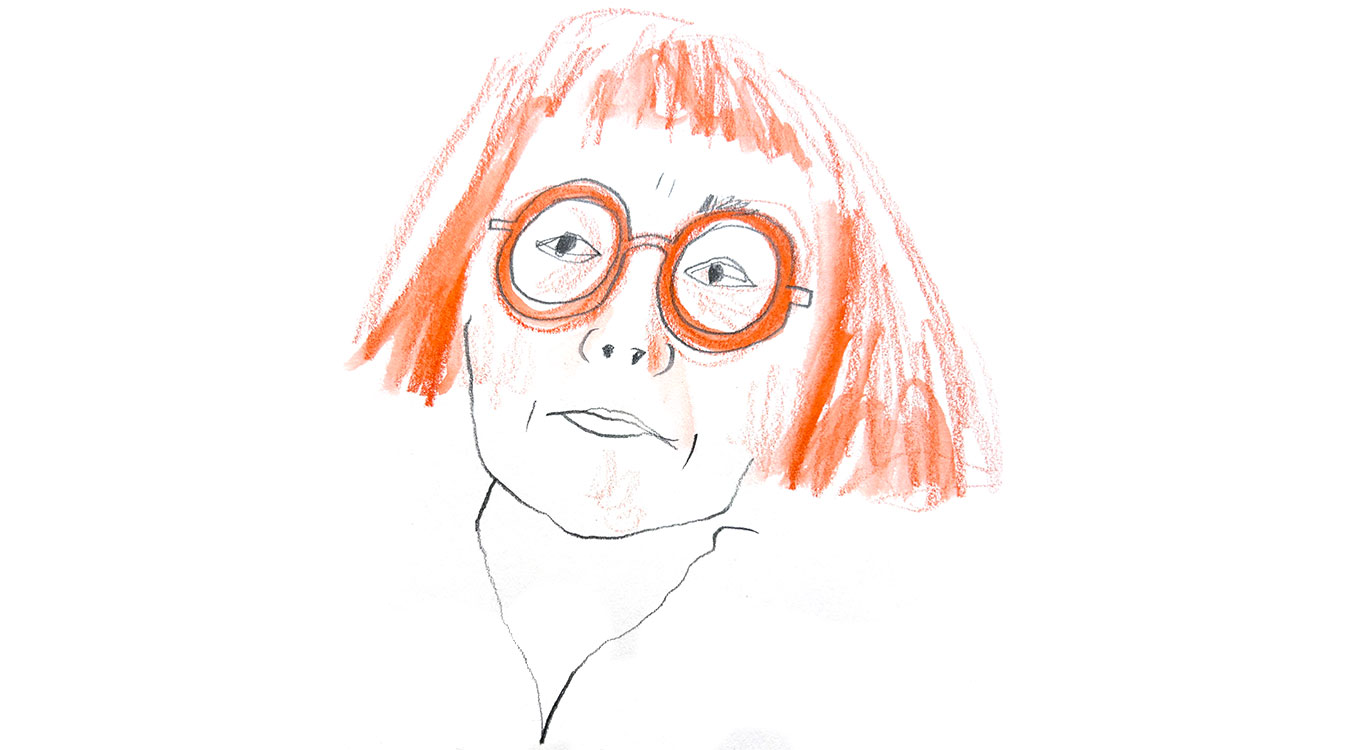
Conversations with Amsterdam creatives
We met with three very different creatives in Amsterdam, and we expected to find three very different approaches to creative business challenges.
Instead, we discovered the same fundamental truth: technical skills alone are not enough to solve (what are increasingly more complex) design problems. Instead, designers need a deep understanding of communication nuances.
I can explain…
Three practitioners, one message
We met with Tom De Bruyne from SUE & The Alchemists, Lindsay Faller from Cloudfields consultancy, and Nicole Buchanan, from NBBO design.
Tom is a psychologist working in the creative space. He founded (and closed) a ‘traditional’ agency that was European ‘Agency of the Year’ in 2011. More recently he has refined his skillset to focus on Behavioural Design. He founded SUE with his partner to understand how people make decisions and design to influence behaviour. Their mission is to nudge people into positive choices.
Cloudfield’s offer is similar to ours: Lindsay works with creative businesses to help refine and streamline their operations and strengthen their service offering. Her observation: ‘the companies surviving are those with deep clarity around what they do and how they do it.’
Nicole is an Australian spatial designer currently bridging Australian, Dutch, English and German cultures within a single project. Her insight? ‘The language of the brief is so important: not just about words: the channel used, the body language, the tone of voice … listening is key, what’s left unsaid is as important as what’s written down.’
The strategic shift
One of Tom’s early observations highlighted a difference across countries: service design ‘was a thing about 5 years ago but no longer a term used. Those skills are integrated into other design disciplines — they’re just part of a suite of skills needed to consolidate a deeper expertise.’
One of the projects Tom mentioned was with a large European bank being threatened by Silicon Valley. SUE used behavioural design to improve the culture of customer service (and therefore keep customers). When we said it sounded like a huge project, Tom agreed and stated ‘a problem has to be big before a business commits budget to solve it’.
A problem has to be big before a business commits budget to solve it.
Because of that, there are many mergers and acquisitions in Amsterdam. Creative businesses are consolidating and growing to build capability for these ‘big problems’.
That’s an interesting contrast with Australia — we’re still seeing a fracturing of the design space; agencies are reducing fulltime teams and designers are increasingly working as freelancers.
Regardless of the size of the business it is clear this is where design is headed: from aesthetic problem-solving to behavioural intervention.
The self-mastery gap
Here’s what we don’t talk about enough: professional development. Self-mastery.
Most designers focus on learning new software or following design trends. But all three Amsterdam conversations revealed these practitioners have invested deeply in understanding their core expertise and how it applies to business problems.
Tom is a psychologist with an ongoing commitment to making research practical. Lindsay developed business strategy skills. Nicole mastered cultural communication. None of these are part of their original degree, but all make them and their work more valuable
So what?
The democratisation of design tools means anyone can make something that looks professional. But understanding why people make decisions, how businesses operate, or how cultures communicate requires deep study and practice.
The designers thriving in Amsterdam aren’t just technically skilled; they’ve made their skills strategically essential.
Carol Mackay
Want more information like this delivered to your inbox every Wednesday? The Design Business Review is Australia’s only online design management magazine. It’s professional development information written specifically for Australian designers by Australian designers. Best of all, it’s free.
Want more?
These articles talk more about working in the creative industry:
The biggest issue facing Australian designers
Five signs your studio is actually a production house
Case study: helping a design studio find their niche
About Carol Mackay
After 30+ years running a design studio, I accumulated a pretty special network of fellow designers. One thing most have in common: a need for more information about the ‘business’ side of design. Most are impatient with any task competing for time spent doing what they love – designing so they wanted more info about how to work more efficiently and effectively.
Not me. I love that intersection between design and business. I built a career working with Ombudsman schemes, the Emergency Services sector and the Courts. My special power has always been an ability to use design to translate the difficult to understand or the unpalatable message.
I now use exactly the same skills with creative business owners. I translate the indigestible into bite-sized chunks of information. I share insights, introduce tools and embed processes to help others build confidence business decision-making skills. More confidence makes it easier to grasp opportunities. More confidence makes it easier to recognise a good client from the bad.
Outside DBC I have mentored with Womentor, AGDA The Aunties, and most recently Regional Arts NSW.
And I’m a proud volunteer and board member of Never Not Creative.
Always happy to chat, I can be contacted here.
